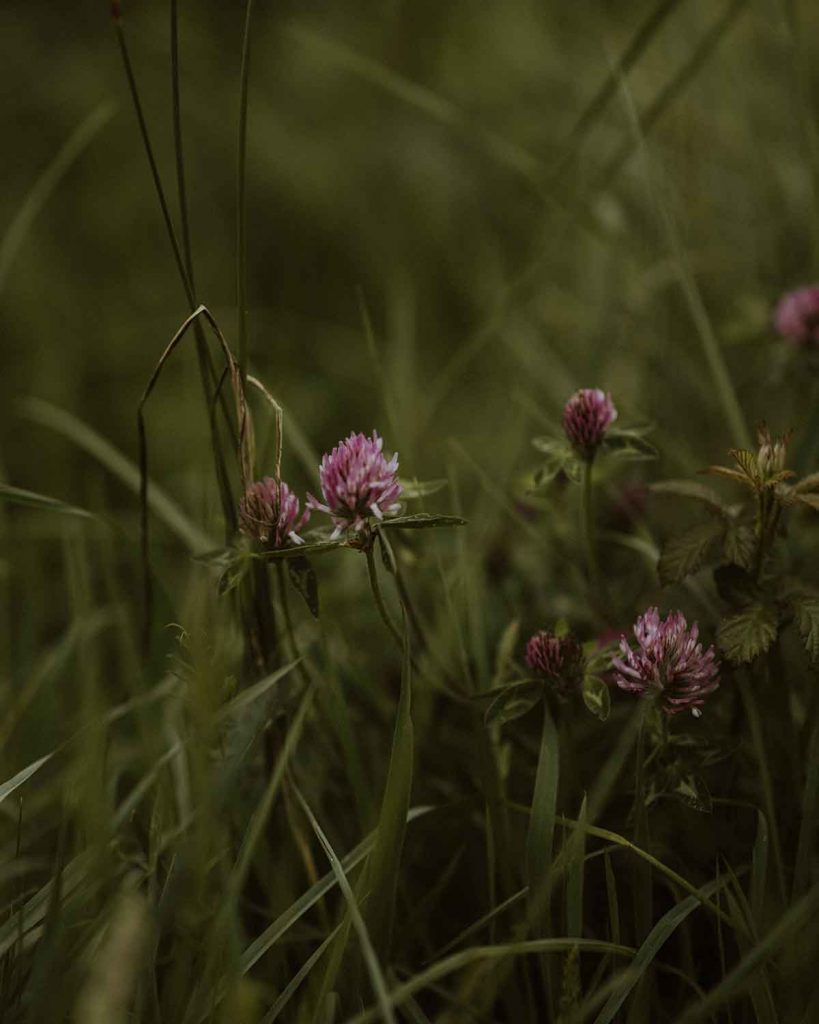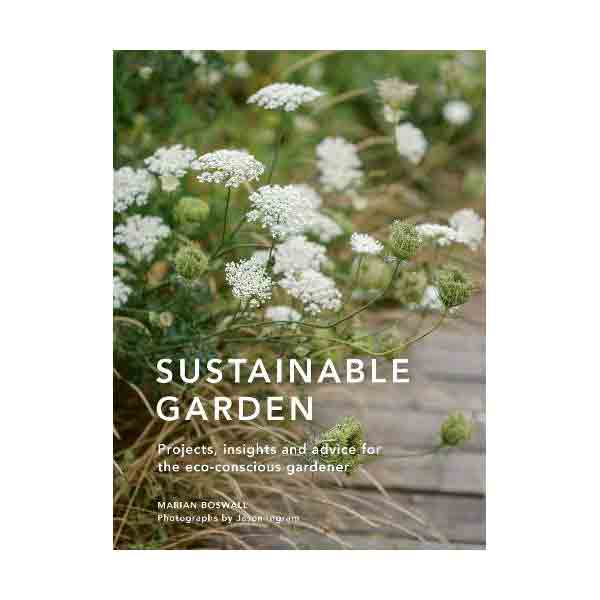How can you increase biodiversity in your garden? While well-kept flowerbeds and nicely pruned trees and shrubs can help define your garden space, it is the life within the garden that is most important. From managing your lawn to which flowers and shrubs you plant, there are lots of ways to attract life into your outside space, in this post we will look at just a few of the simple ways that you can encourage biodiversity in your own garden.
Why would you want to increase biodiversity in your garden? Simply put, biodiversity is essential for the processes that support all life on Earth. Without a wide variety of animals, plants, insects and microorganisms, we cannot have healthy ecosystems. We as humans rely on healthy ecosystems to provide us with the air we breathe and the food we eat.
Increase Biodiversity In Your Garden 'The world has seen an average 68% drop in mammal, bird, fish, reptile, and amphibian populations since 1970.' – WWF's 2020 Living Planet Report Share on X1. Plant trees and shrubs…
Growing a range of trees, shrubs and climbers, or a mixed hedge will provide food and shelter for wildlife. Trees and shrubs make it easier for birds to nest and for other insects to thrive in your garden.
2. Allow a patch of grass to grow longer…
Mowing your lawn can be beneficial to the health of your grass as well as making your garden look neat and tidy. Repeated mowing ensures the grass grows thick and strong, making it more resilient as well as more vibrant. Investing in a self-propelled lawnmower could lighten the physical load for you while allowing you to care for and improve your grass health in the longer term. Of course having a mowed lawn looks visually pleasing, however allowing just a small patch to grow can help improve the biodiversity in your garden. If you don’t have much space then growing a full-scale wildflower meadow is out of the question. Simply allowing patches of lawn to grow longer can provide shelter for wood mice, voles and shrews, you might also provide food for some butterfly caterpillars.

3. Improve soil health…
Soil health is important for your grass to grow and for the insects that live below the soil, top-dressing is a practice best saved for garden lawns that seem to be struggling no matter what you do. It is the act of spreading a thin layer of suitable compost on the surface of your lawn, replacing nutrients in your existing soil and improving the future health of your lawn grass. This can be difficult to do without a professional spreading tool, but not impossible – simply use a shovel to lightly shake new soil onto bare areas as and when you need to.
4. Provide water for birds all year round…
Garden birds are a vital part of the ecosystem. Be sure to offer a mixture of water and food all year round. Food can include, sunflower hearts, seeds, kitchen scraps and ready-made fat balls, or seed mixtures. Offer your garden birds a supply of clean water too- this will encourage more little feathered friends to pay your garden a visit.

You might also enjoy reading…
Gardener Marian Boswall guides you through the process of creating a sustainable outdoor space, offering tips, guidance and step-by-step projects designed to help you lead a more low-impact lifestyle.
Photography by Annie Spratt




